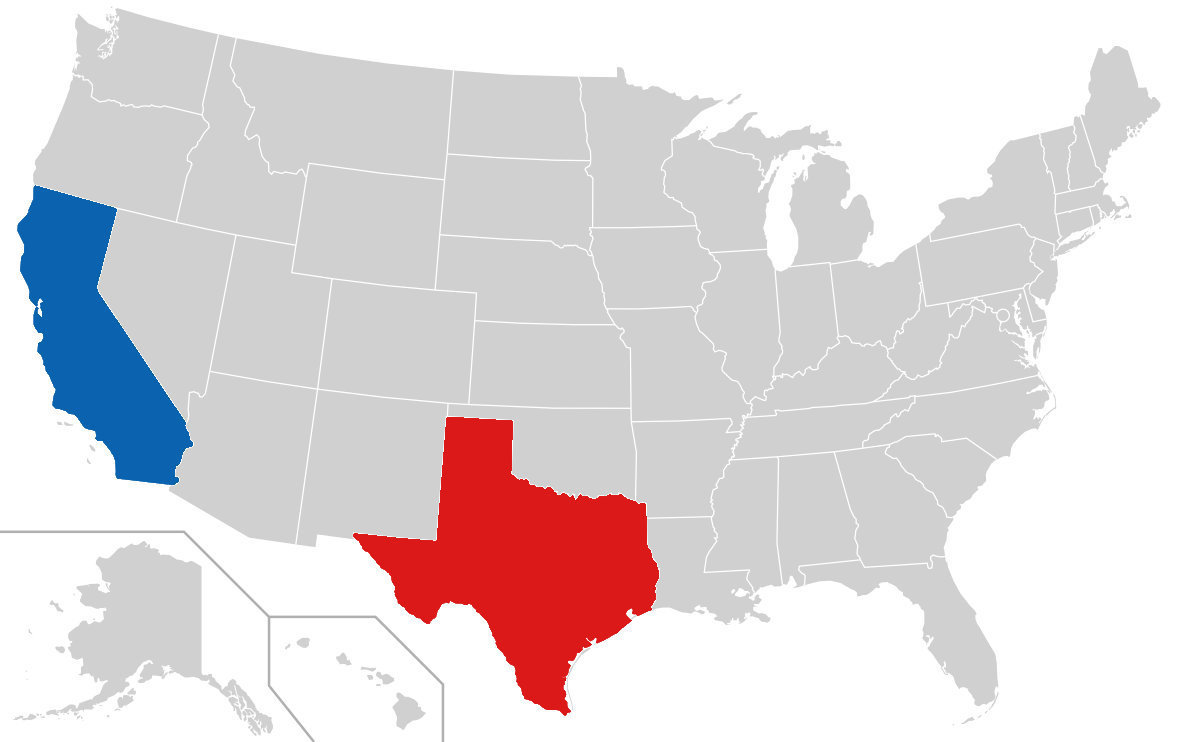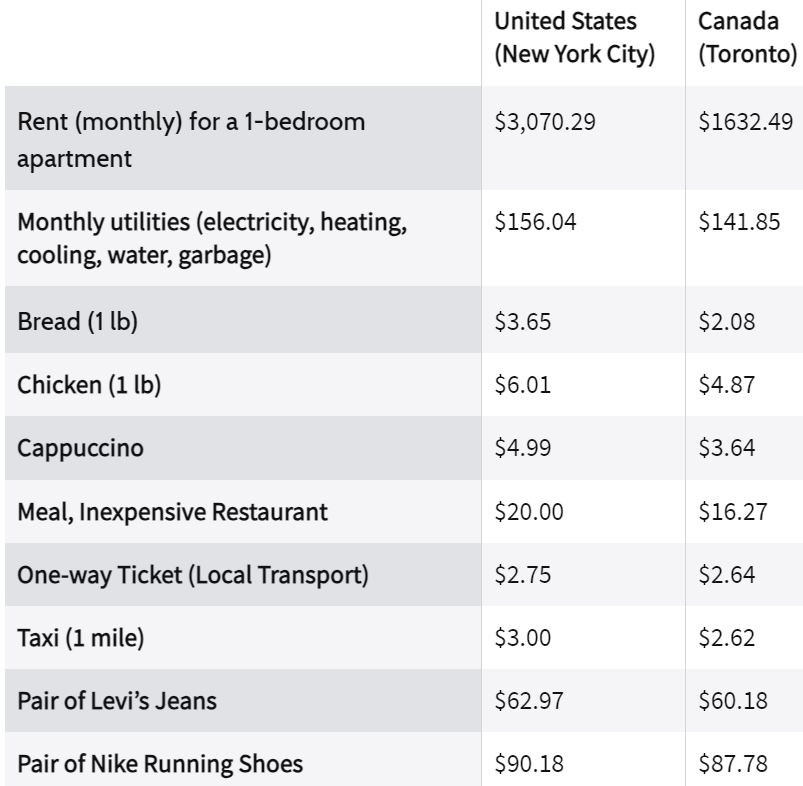How many people will be left in 2050?
According to the latest projections from the United Nations Department of Economic and Social Affairs, the world population is expected to reach 9.8 billion by the year 2050, and 11.2 billion by the year 2100. These numbers indicate a significant increase from the current world population of 7.7 billion.
This increase in population is attributed to several factors, including improved healthcare and nutrition leading to longer life expectancy, as well as high fertility rates in some regions of the world. As a result, the global population is expected to continue to grow in the coming decades.
One of the key implications of this population growth is the strain it will place on resources such as food, water, and energy. As the number of people on the planet increases, so too does the demand for these essential resources. This could lead to increased competition for limited resources and potentially exacerbate issues such as hunger, water scarcity, and climate change.
In addition to resource constraints, a growing population also presents challenges in terms of urbanization and infrastructure. As more people migrate to cities in search of employment and opportunity, there is an increased need for housing, transportation, and other urban amenities. This rapid urbanization can put pressure on existing infrastructure and lead to issues such as congestion, pollution, and inadequate public services.
Despite these challenges, there are also opportunities that come with a growing population. A larger workforce can contribute to economic growth and innovation, while a more diverse population can bring new ideas and perspectives to the table. By harnessing the potential of a growing population, countries can drive progress and development in various fields.
Overall, the projected increase in the world population presents both opportunities and challenges for the future. By addressing issues such as resource scarcity, urbanization, and social inequality, countries can work towards a more sustainable and equitable world for the generations to come.




